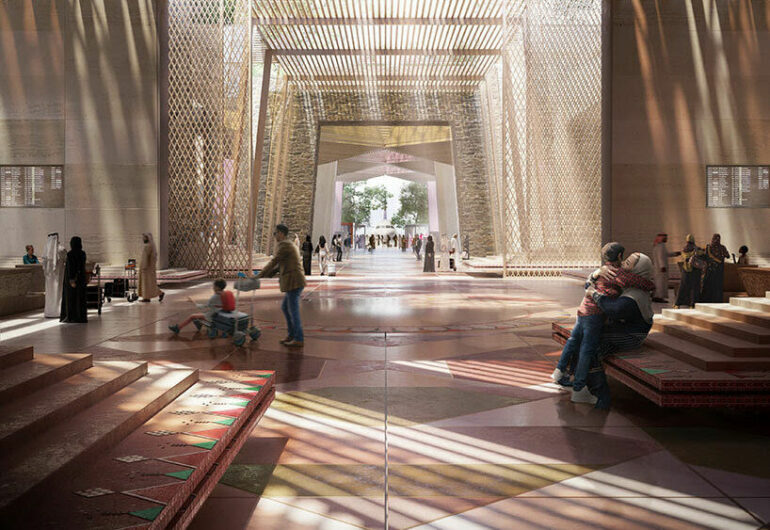Saudi Arabia loves its natural environment and history, which explains why Foster + Partners recently won a competition to design a unique new terminal for Abha International Airport based on the nearby Rijal Almaa village. The development will be nestled amidst the peaks of the Asir region, showcasing mud-brick architecture inspired by the UNESCO World Heritage Site.

Instead of a conventional central structure, the terminal will consist of a cluster of human-scale sections, outdoor courtyards, and walkways, introducing a refreshing approach to the typical look and feel of airport terminals. The layout is tailored to the local climate, utilizing the clusters of brick buildings to harness winds and provide natural ventilation. Robust stone walls will maintain a cool environment within the interior spaces.

“Learning from the local vernacular, our terminal guides passengers through a series of inviting human-scale spaces and connects them with green courtyards, open to the elements,” says Stefan Behling, Head of Studio at Foster + Partners. ‘This is a complete reinvention of the airport as we know it, with an emphasis on traditional Aseeri details, local materials, and terraced landscaping. It is both a celebration of and an introduction to the beauty of the Aseer Region.’

Nikolai Malsch, Senior Partner at Foster + Partners, adds, ‘Buildings open onto landscaped courtyards surrounded by retail, restaurants, and cafes. Those waiting to board have the option to browse the shops and enjoy refreshments inside the airport or in the open air. Learning from the materiality of the nearby village, rough stone facades contrast with a more colorful and refined interior palette, anchoring the scheme within its context and creating a distinctive gateway to the Aseer Region.'”

